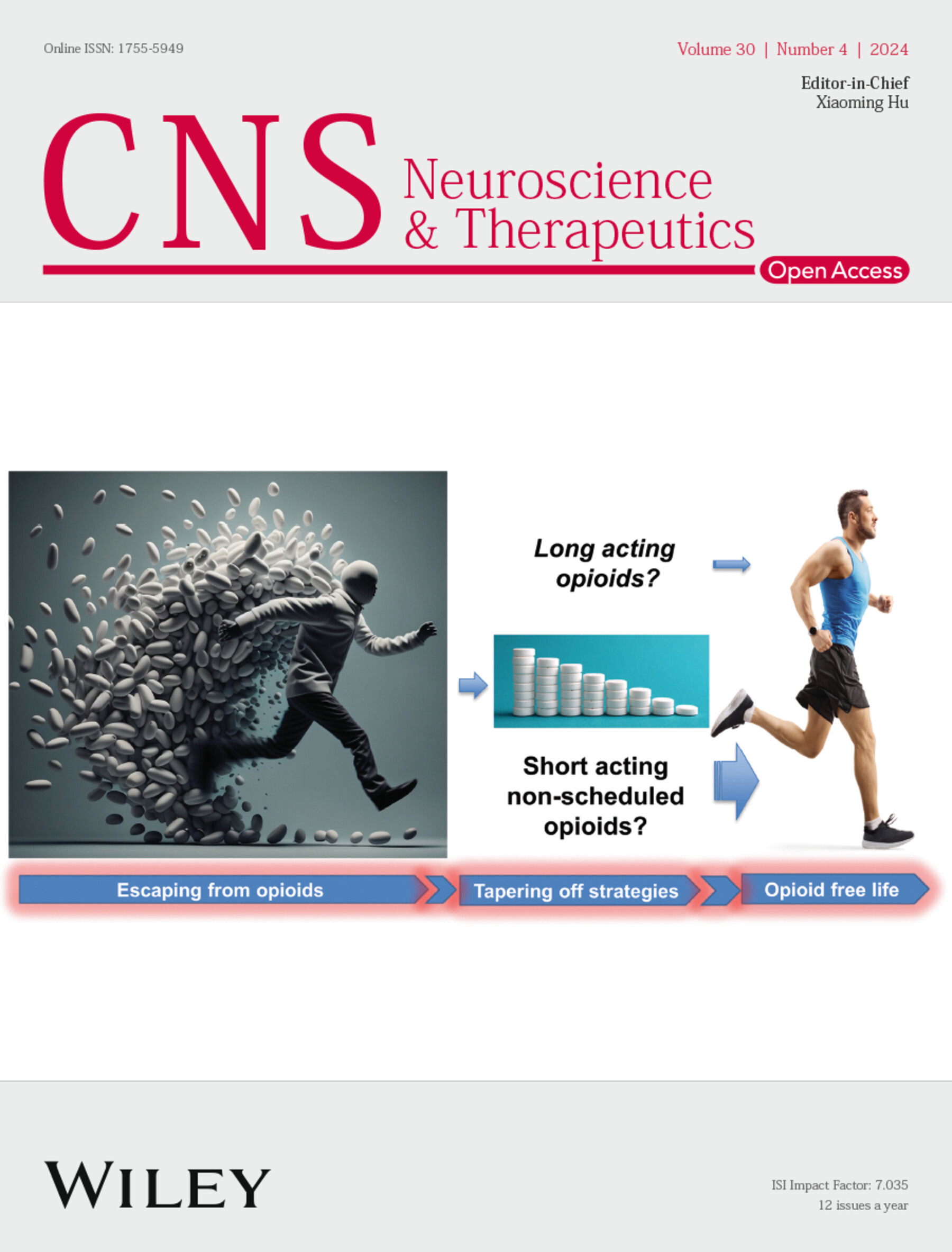Histamine Modulation of the Basal Ganglia Circuitry in the Motor Symptoms of Parkinson's Disease
Abstract
Purpose of Review
Parkinson's disease (PD) is characterized by dopaminergic system dysfunction that results from the degeneration of neurons in the substantia nigra. However, studies suggest that other neurotransmitters, especially histamine, may also play a role in the development of PD.
Recent Findings
Numerous studies show that histamine levels in the basal ganglia significantly change in PD pathology, correlating with motor symptoms observed in animal models of PD. Histamine activates H1R or H4R on microglia in the substantia nigra, triggering an inflammatory response and promoting dopaminergic neuron degeneration. Additionally, histamine modulates neuronal excitability and firing activity (firing rate and pattern) by activating H1R, H2R, or H3R on neurons in the basal ganglia nucleus, ultimately impacting normal motor behavior as well as motor symptoms in models of PD.
Summary
This review presents the role of histamine and its receptor ligands in the basal ganglia nuclei, along with downstream ion channels linked to histamine receptors that influence immune response, neuronal excitability, and firing activity in PD. It highlights their effects on neuronal firing and their connection to PD motor symptoms. Investigating new ligands targeting basal ganglia histamine receptors and associated ion channels may facilitate the development of novel treatments for PD.


 求助内容:
求助内容: 应助结果提醒方式:
应助结果提醒方式:


